Turtles are not slow, boring, or simple. They’re ancient weirdos with secrets that’ll make your jaw drop.
They breathe through their butts. Some survived the asteroid that wiped out the dinosaurs. Others freeze solid in winter… and come back to life.
These creatures aren’t just floating lazily in ponds—they’re hiding biological superpowers and evolutionary oddities that even hardcore reptile fans might’ve missed.
Ready to meet the turtle as you’ve never seen it before? Buckle up. It’s about to get delightfully strange.
Turtles Have an Ancient Lineage
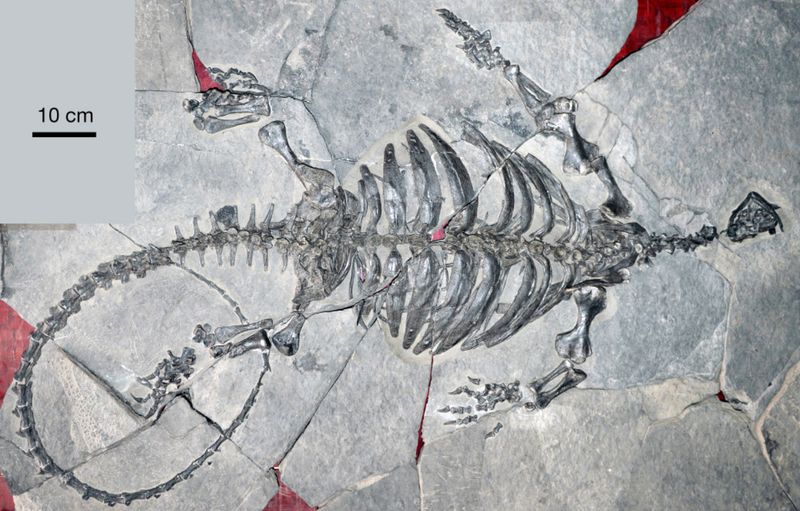
Turtles are more than just charming reptiles; they are living remnants of a prehistoric era. Existing for over 200 million years, their lineage dates back to the time of the dinosaurs. With such a rich history, turtles are among the oldest reptiles on Earth. It’s fascinating to think that these creatures have witnessed the rise and fall of numerous species. Today, their evolutionary success story continues to unfold, captivating scientists and enthusiasts alike. Their survival through cataclysmic events speaks volumes about their resilience and adaptability. Truly, turtles are a testament to nature’s enduring legacy.
The Unique Shell Structure
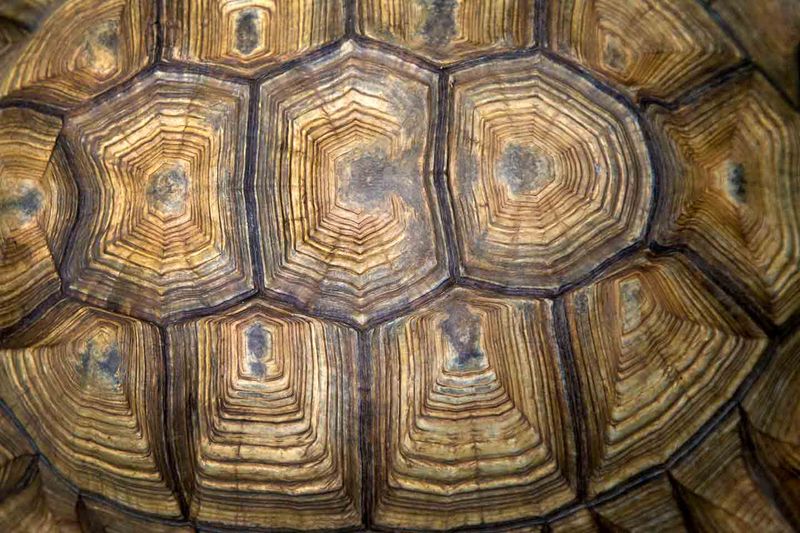
A turtle’s shell is a marvel of nature, offering both protection and identity. Composed of 60 different bones, it is an intricate structure that grows with the turtle. Unlike most reptiles, their ribs and spine are fused to the shell, creating a solid armor. Each turtle species sports unique patterns and colors, making them identifiable and unique. This biological wonder serves as both shield and camouflage. From ornate designs to solid hues, turtle shells are as diverse as the habitats they occupy. Their shells tell a story of evolution, adaptation, and survival.
Remarkable Navigational Skills
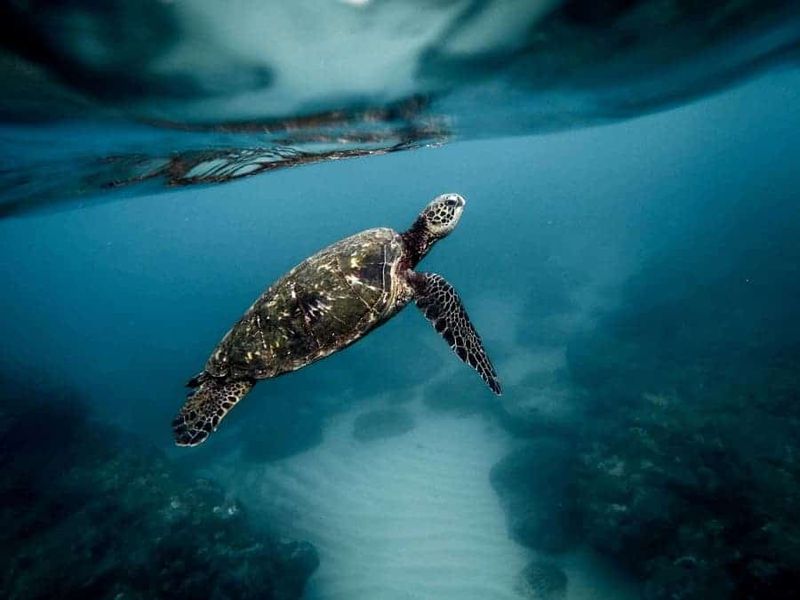
Sea turtles are renowned for their extraordinary navigational abilities. Using Earth’s magnetic fields, they travel thousands of miles across oceans to return to their birthplace for nesting. This innate GPS system is nothing short of remarkable. How they accomplish such feats remains a mystery that intrigues scientists around the globe. These long-distance travelers are guided by celestial cues and ocean currents, showcasing a blend of instinct and learned behavior. Their migratory journeys are epic, reminding us of the deep connection between creatures and the natural world. Such precision in navigation is truly awe-inspiring.
Turtles Have Diverse Diets
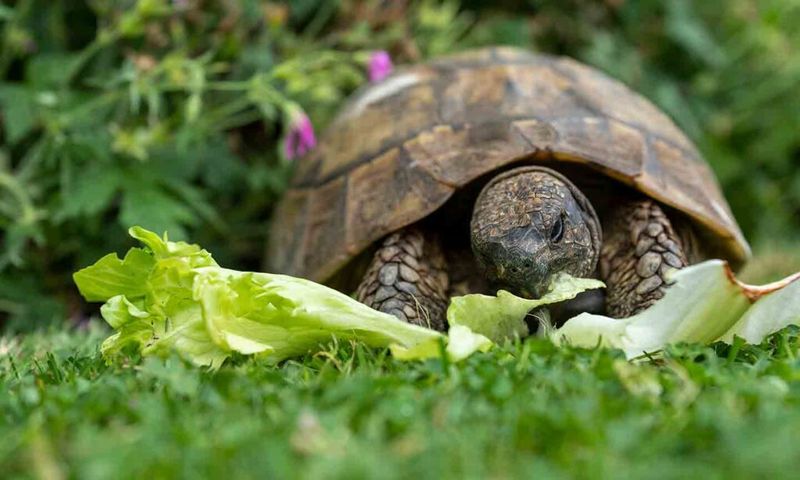
Diverse and adaptable, turtles have varied diets depending on their species and habitat. Some are strict vegetarians, munching on aquatic plants and fruits, while others enjoy a more omnivorous menu, feasting on insects, fish, and even carrion. This dietary flexibility helps them thrive in different environments. Their adaptability is a key to their survival across diverse ecosystems, from oceans to deserts. Observing a turtle feed can be both entertaining and enlightening, revealing their preferences and habits. It’s a reminder of the complex ecological roles these reptiles play in nature’s intricate tapestry.
Temperature Determines Gender

In the mysterious world of turtles, gender isn’t determined by genetics alone. Instead, it hinges on the temperature of the nesting environment. Warmer sands tend to produce female hatchlings, while cooler temperatures favor males. This phenomenon, known as temperature-dependent sex determination, adds an intriguing layer to their reproduction. It’s fascinating to consider how such a small environmental change can shape the demographics of turtle populations. Researchers continue to study this aspect, which has significant implications for conservation efforts. Understanding these dynamics is crucial as climate change poses new challenges for turtle survival.
Turtles Communicate in Unique Ways
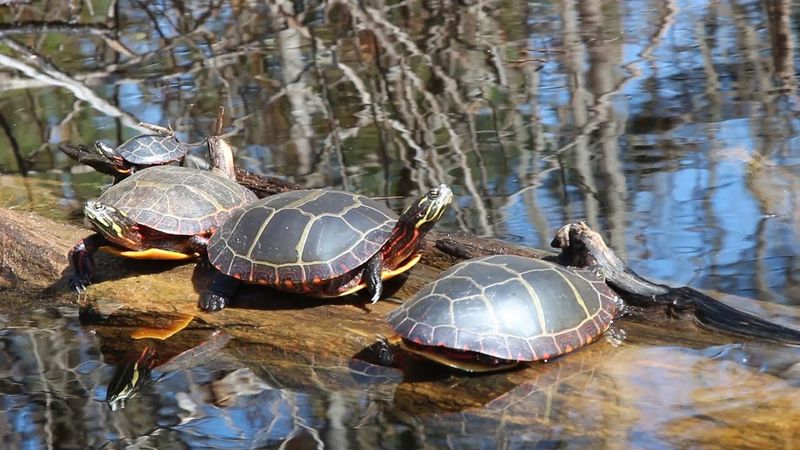
Turtles may not be the chattiest creatures, but they possess a repertoire of communication methods. From subtle body movements to pheromone releases, these reptiles convey messages in understated ways. During mating seasons, males often court females with intricate displays, while some species use vocalizations to express distress or alert others. This silent communication may be overlooked, yet it plays a vital role in their social interactions. Understanding these behaviors can enhance our appreciation of turtles’ complex lives. The nuances of their communication remind us of the rich tapestry of interactions within the animal kingdom.
Some Turtles Hibernate
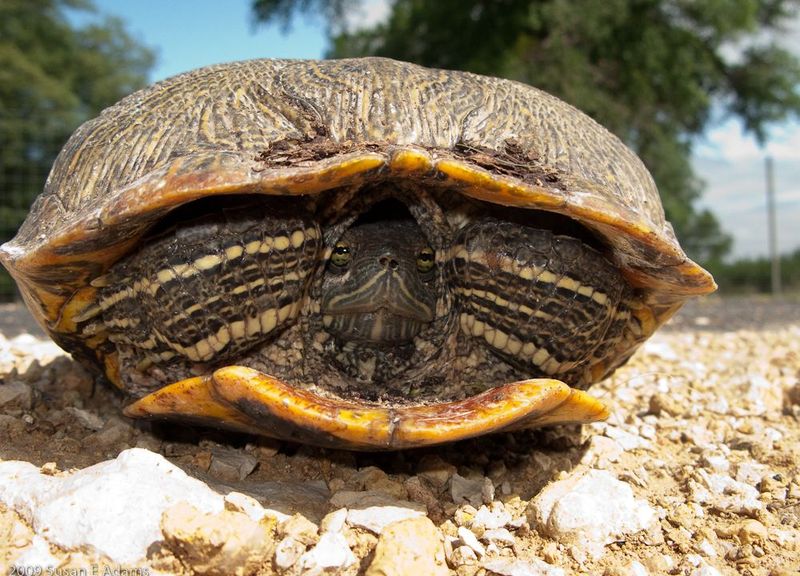
Hibernation is not exclusive to mammals; some turtle species also partake in this winter survival strategy. As temperatures drop, they retreat to the safety of mud and water, slowing their metabolism to conserve energy. This state of dormancy allows them to withstand harsh conditions until spring arrives. Unlike their mammalian counterparts, turtles hibernate underwater, absorbing oxygen through specialized skin cells. Witnessing a turtle emerge from hibernation is a remarkable sight, signaling the resilience of life against nature’s challenges. Their ability to adapt so dramatically to seasonal changes is a testament to their evolutionary ingenuity.
Surprising Lifespan and Longevity
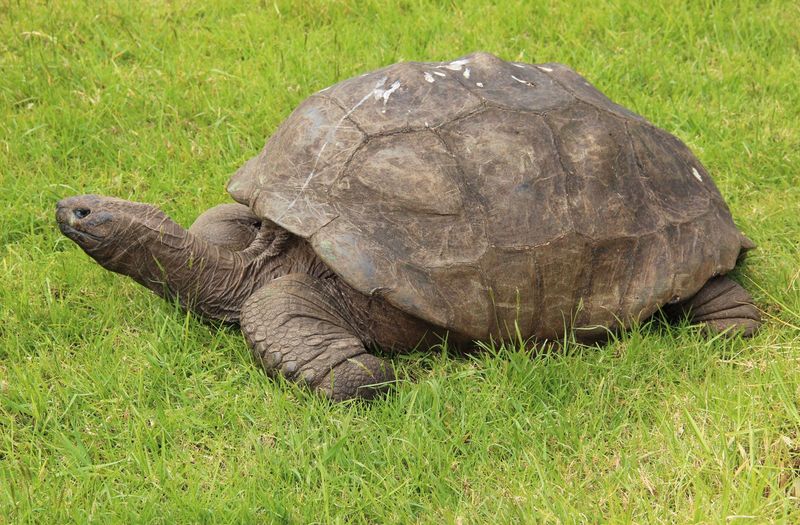
Turtles are synonymous with longevity, living far beyond the average lifespan of many reptiles. Some species, like the Galápagos tortoises, can live for over a century. Their longevity is attributed to slow metabolisms and a lifestyle that avoids unnecessary risks. This extended lifespan offers them ample time to reproduce, ensuring the survival of their species. Stories of century-old turtles captivate the imagination, sparking curiosity about their secret to a long life. Observing these ancient creatures in the wild is a reminder of the endurance and perseverance required to navigate a world in constant flux.
Turtles Can Breathe Through Their Butts
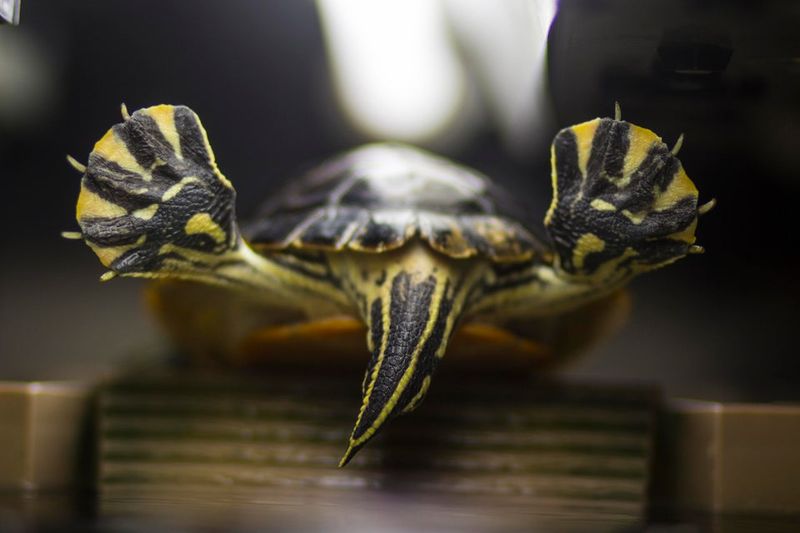
One of the most unusual adaptations in turtles is their ability to breathe through their butts, known as cloacal respiration. This peculiar method involves absorbing oxygen through the lining of the cloaca, allowing them to stay submerged for extended periods. Such a feature is particularly advantageous during hibernation when surfaces may be iced over. While it may sound bizarre, this adaptation highlights the quirky ingenuity of evolution. It’s a reminder that nature often takes unexpected turns to solve life’s challenges. Such unique respiratory strategies are a testament to turtles’ incredible adaptability.
Turtle Shells Are Surprisingly Sensitive
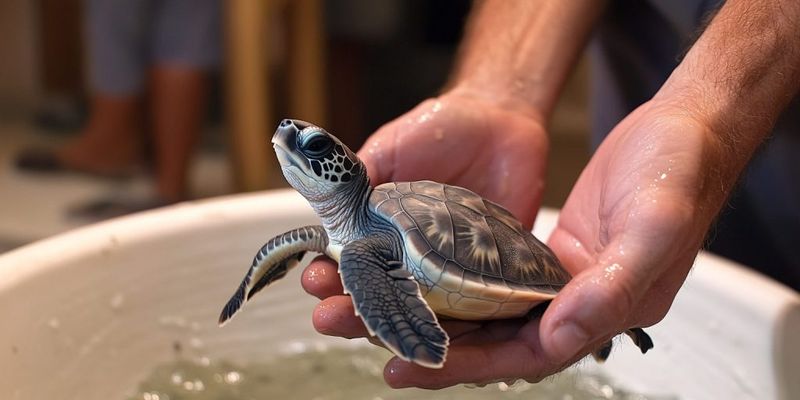
Contrary to popular belief, a turtle’s shell is not just a hard, lifeless covering. It’s an extension of its body with nerve endings that make it sensitive to touch and pressure. This sensitivity allows turtles to feel their environment, enhancing their interactions with surroundings. Whether basking in the sun or retreating from danger, the shell plays an active role in a turtle’s sensory experience. Such intricacy in design showcases nature’s attention to detail. By appreciating the sensitivity of turtle shells, we gain insight into the complex lives of these fascinating reptiles.
Turtles Play a Role in Seed Dispersal
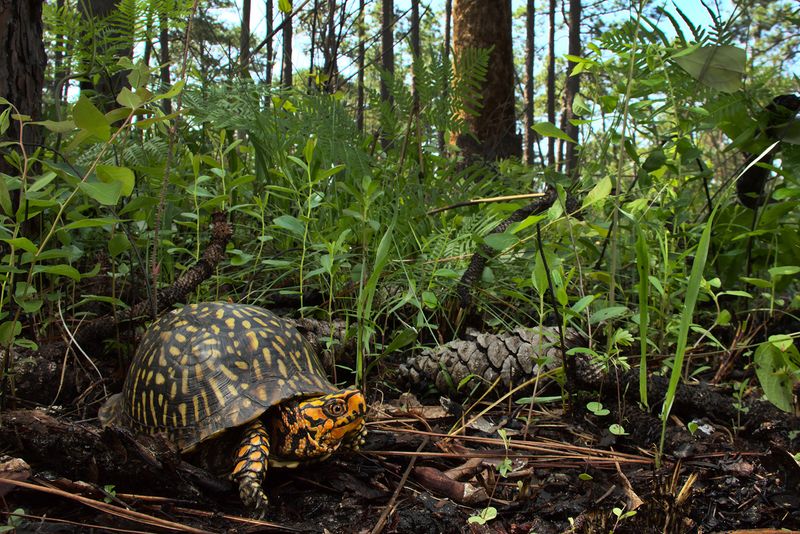
Turtles are unsung heroes in their ecosystems, contributing to biodiversity through seed dispersal. As they consume fruits and vegetation, seeds pass through their digestive systems unharmed, ready to germinate once deposited. This process aids in plant propagation, ensuring healthy forests and wetlands. By moving between habitats, turtles help maintain genetic diversity among plant populations. This ecological role is vital for sustaining balanced ecosystems. Observing turtles in action reveals their importance beyond mere survival; they are active participants in nurturing the landscapes they inhabit. Their contribution to nature’s cycle is both essential and often underestimated.
Turtles Exhibit Unique Parenting
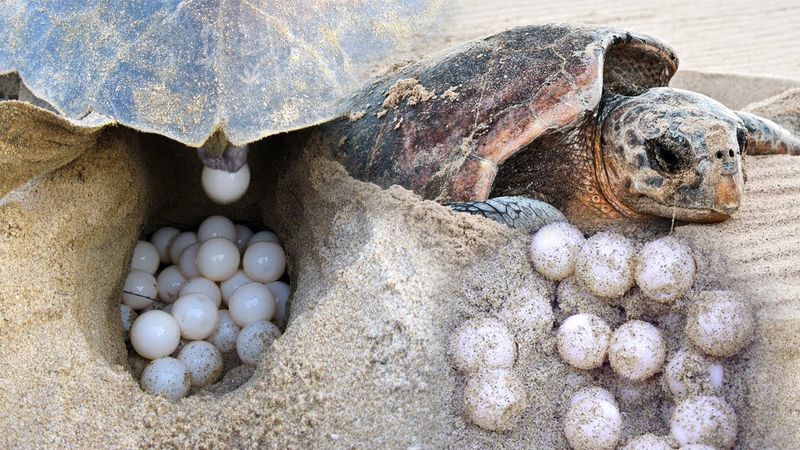
Turtles may not exhibit traditional parenting behaviors, but their reproductive strategies are fascinating. Most turtle species lay eggs in carefully selected locations, ensuring the safety of their offspring. Nesting sites are often chosen based on factors like temperature and protection from predators. Once laid, the eggs are left to develop independently, hatching weeks later. While parental care may be absent post-laying, the effort invested in choosing nesting sites is crucial for hatchling success. This approach reflects a strategy focused on maximizing the likelihood of survival rather than direct nurturing. It’s a unique take on parenting in the wild.
Colorful Turtle Species Exist
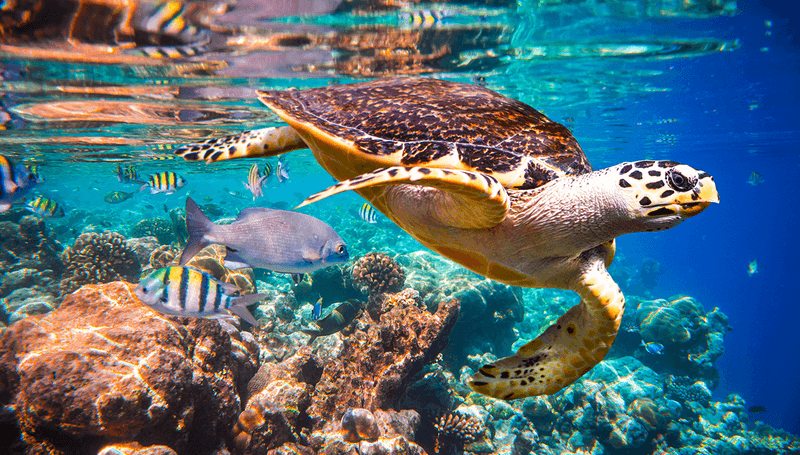
Vibrant colors are not exclusive to birds and butterflies; some turtle species boast striking hues as well. The painted turtle and the red-eared slider are excellent examples, displaying vivid patterns and colors that captivate observers. These colorful displays serve purposes beyond aesthetics, such as attracting mates or warning predators. In the wild, these turtles add a splash of color to their environments, enhancing the visual tapestry of nature. Such diversity in appearance showcases the wide range of adaptations within the turtle kingdom. Observing these brightly colored turtles is a feast for the eyes and a testament to nature’s creativity.
Turtles Have Cultural Significance

Across the globe, turtles hold cultural significance, symbolizing longevity, wisdom, and resilience. In many indigenous cultures, they are revered as sacred creatures, embodying the earth’s balance and harmony. Artifacts and folklore often depict turtles as wise beings carrying the world on their backs. This cultural reverence underscores the deep connection between humans and turtles throughout history. Today, they continue to inspire stories, art, and conservation efforts worldwide. By exploring these cultural narratives, we gain a deeper appreciation for the roles turtles play, not just in ecosystems but also in human imagination and spirituality.

